How much fabric do you need for Euro size bedding?

When choosing bed linen, you must first of all pay attention to the quality of the material from which it is sewn. For those who are going to make their own bedding set, you should take into account the size of the set and correctly calculate the required amount of fabric.

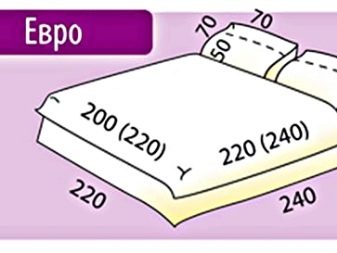
Calculation of fabric for a duvet cover
If we talk about what size the bed linen "euro" should be, it should be understood that the main feature of such a set is that the sheet and duvet cover are slightly oversized. When self-manufacturing such a product, the process is divided into several stages, namely:
- choice of fabric;
- miscalculation of the required amount of materials;
- cutting the product;
- sewing.

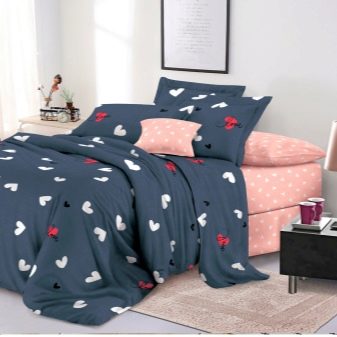
You always need to start from the first point. When choosing materials, take into account the composition of the fabric, wear resistance and other characteristics. For example, the most popular option is cotton fabric. It is also acceptable if the composition contains synthetics. It is this fabric that is distinguished by its naturalness, increased strength and hygroscopic properties.
It is believed that the most suitable size of fabric that will be used for sewing linen is 220 cm. It is this option that allows you to do without joining seams. The only thing is that when calculating the material, you should lay at least 5 cm. They will come in handy if you need to make an allowance for the seams or suddenly there are inaccuracies in the pattern.
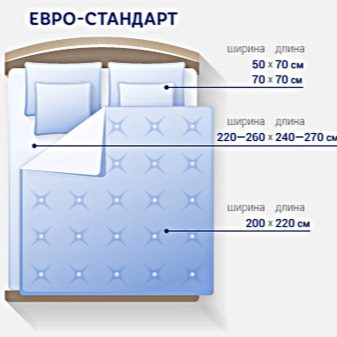

Sleeping linen with a width of 220 cm is sewn with pillowcases that are approximately 25 cm in size.In this case, the duvet cover will be 240 cm.
How many meters do you need for a sheet?
The sheet is made quite simply.Its dimensions always depend on the type of bed linen. Let's say for the euro kit, a material with a size of 250 cm is used. In this case, the sheet itself will eventually be slightly smaller. The thing is that during manufacturing, it is imperative to process the edges. This is necessary so that the fabric does not creep.
Processing takes place in this way - an open cut of the fabric is tucked into the wrong side. The lapel is carried out several times. Each time, the fabric is folded one and a half centimeters. As a result, a closed seam will come out.

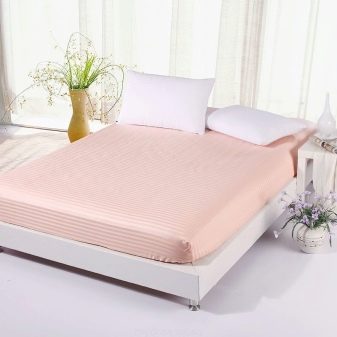
The Euro bedding set usually has a 220x240cm or 280x240cm sheet. These are the largest sizes of the sheet. There is also an option when the double bed linen is sewn with a Euro size sheet. All other kits are made in smaller sizes. But almost always the size of the sheet corresponds to the size of the duvet cover - from 150 by 120 cm (children's set) to 280 by 240 cm (euros).
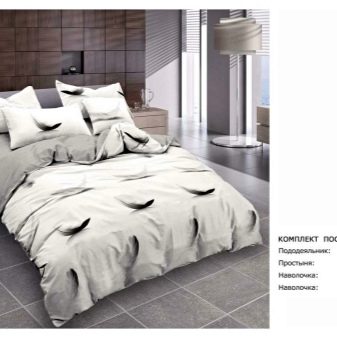
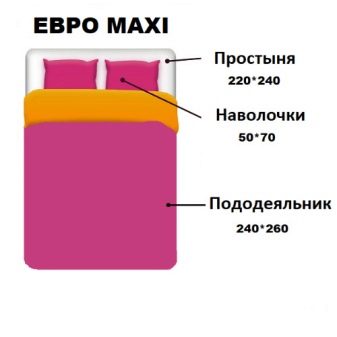
Expense for pillowcases
The pillowcase is made in a similar way. Considering the size of the bed linen, you need to calculate the size in such a way that approximately 25 cm of fabric remains in addition, which will go to the flap.
For example, if you count on the fabric for the euroset, it should be understood that the length of the pillowcase is 75 cm. Accordingly, you need 2 pieces of 75 cm and 25 cm for the valve.
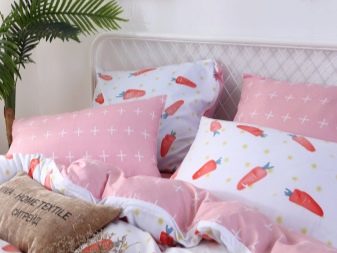

It is important to consider the fabric for making the valve. Otherwise, the pillow will always fall out of the pillowcase. The size of the valve directly depends on the size of the pillow itself. Usually for a set "euro" small pillows are used, the width of which does not exceed 75 cm. But if we take into account the fact that the pillows can be of a different size, then, of course, the pillowcase should be made directly to the size of the pillow.
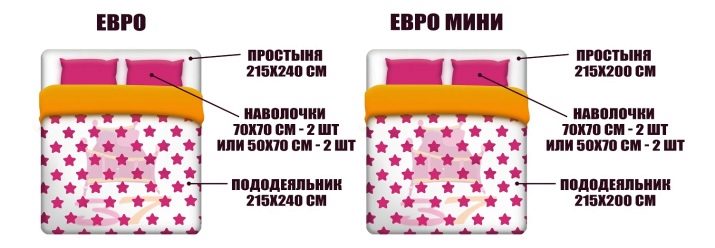
We take into account shrinkage
When sewing bed linen on your own, you always need to remember that any fabric shrinks. In other words, the size of the product becomes smaller, and the pillow or blanket simply will not fit into the pillowcase and duvet cover.
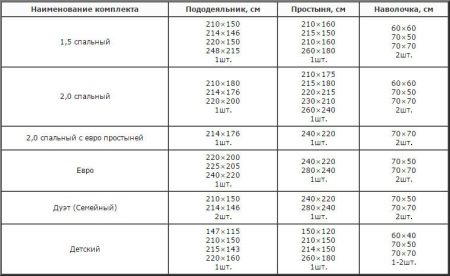
Depending on which fabric is used for production, the percentage of shrinkage should be considered. Typically, this is about 2 to 5%. Thick fabrics hold their shape better and shrink less often. Let's say bed linen made of linen can shrink by 5%, but made of coarse calico can shrink by a maximum of 2%.
In case you are making bedding for your own use, it is very easy to check the percentage of shrinkage of the fabric. Namely:
- cut out the sheet and hem the edges;
- measure the product in width and length;
- wash;
- take repeated measurements after washing;
- calculate the percentage of shrinkage.
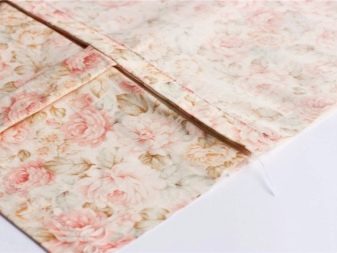

After that, you can calculate the percentage of shrinkage for all other items in the kit.
Correct layout
Cutting is one of the most important steps in the bedding process. If you make a mistake at this stage, the desired result will not be achieved. Experienced cutters share their life hacks on how to do the correct layout. Here is some of them.
- Before starting the cutting process, the fabric should be well ironed. It is advisable to do this with a steamer. In this way, it will be possible to smooth out possible folds or any other irregularities in the fabric. And, of course, calculate the shrinkage of the material. This stage greatly facilitates the sewing process itself.
- After the first stage of cutting, you can begin to apply the necessary markings. It is better to use the most common chalk or soap. But the soap should be flat (remnant). If none of the above is on hand, you can take a regular aspirin pill.
- The marks are duplicated on both edges - this will help to avoid inaccuracies in the future.
These simple but important tips will help you complete the cutting process quickly and accurately.









